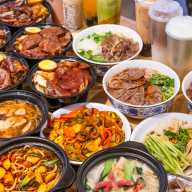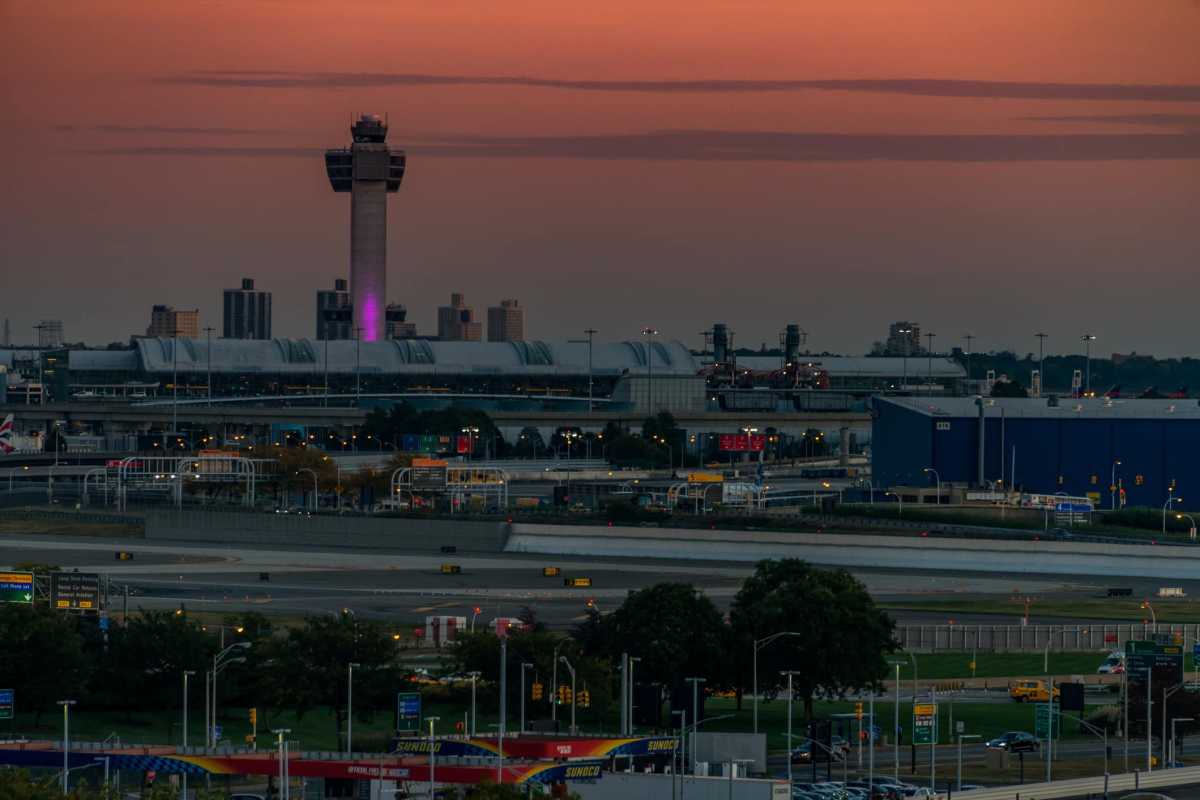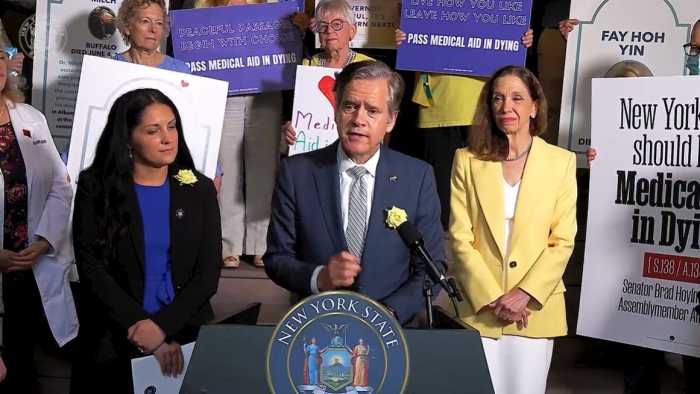The city’s graffiti removal crews came and went several times, painting over the scrawls on the side of Manolo’s Mexican Restaurant on Greenpoint Avenue with an even coat of beige. Once, Mayor Michael Bloomberg even came to the Sunnyside restaurant to tout the city’s new graffiti removal program.
Nevertheless, time and time again, the black scribble crawled back across the brick, like spiders immune to pesticide.
Now, the restaurant’s owner, Manuel Morocho, 33, is considering a different, more colorful approach to his problem by inviting graffiti artists to paint his wall.
“Designs drawn by pros would make the neighborhood look better and stop this kind of graffiti that is not good for business,” Morocho said.
Some business owners and community leaders in Sunnyside and Woodside, which combined have drawn nearly a graffiti-removal call a day to 3-1-1, hope to get on the same canvas as taggers. They have enlisted established graffiti writers to paint murals on walls that used to get incessantly “bombed” with everything from initials to pseudonyms to obscenities.
The result: graffiti vandals leave the murals alone.
“Graffiti writers keep away out of respect for other artists,” said Alyssa Bonilla, the executive director of Sunnyside Shines Business Improvement District.
Community centers, such as Woodside on the Move and Sunnyside Community Services, have commissioned graffiti artists to paint several walls that used to attract graffiti. Now business owners are catching on.
Steve Steele, the manager of Northern Auto Parts in Long Island City, said he got tired of the ongoing battle.
“We used to paint, and they’d be back a week later,” said Steele. “I painted that wall at least 10 times.”
Last summer, graffiti writer Anthony “Dyzm” Giglio approached Steele with a long-term solution to his graffiti problem. With Steele’s approval, Giglio and eight of his friends painted a giant mural of colorful cars alongside their intricately rendered five-foot-high tags.
Steele, 40, said he is pleased with the results, and the mural remains unblemished. “I guess the only way is to conform to their rules,” he said with a shrug.
Giglio, 39, said he and his crew, The Deadly4Mula, have been around a long time and are well respected, so younger graffiti writers do not deface their work. In graffiti culture, writing over another person’s work is considered disrespectful.
Giglio and his friends paint murals for free, he said, because painting with a property owner’s permission beats having to constantly look over your shoulder for cops.
“A lot of the guys I paint with, we’re all a little older,” he said. “We have families and stuff like that, good jobs. We do not run around the streets writing graffiti no more. You know, that’s ridiculous.”
Even the most vehement opponents of graffiti, such as octogenarian Frances Schmidt, who volunteers to paint over graffiti on mailboxes and light poles, see some merit in the owner-sanctioned murals.
“It kind of grows on you after a while,” said Schmidt, 81. “It at least has a purpose behind it.”































